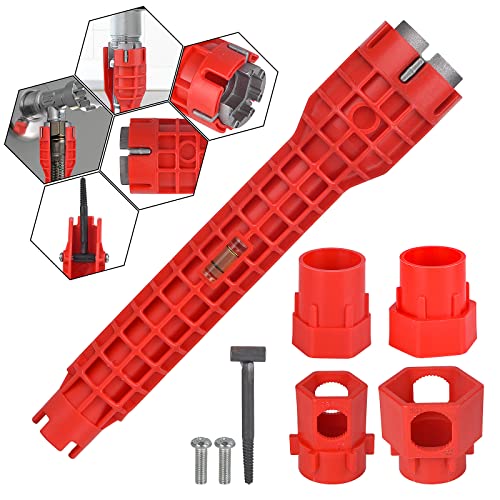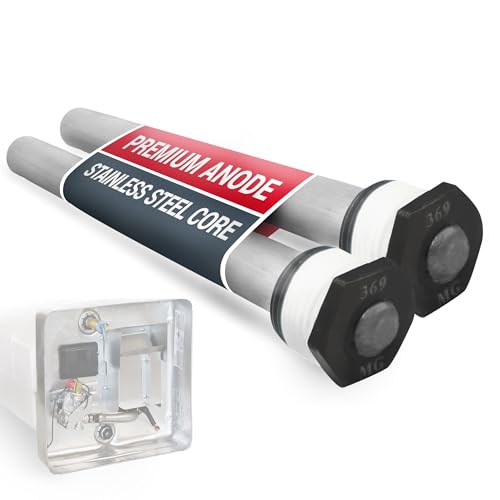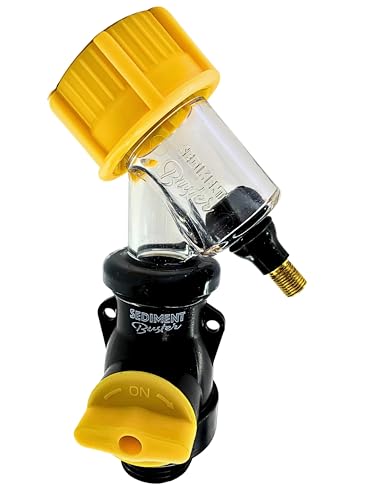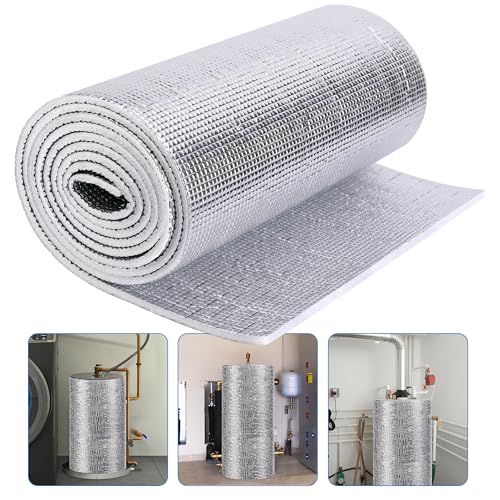I really appreciate the input and will try to address some of the comments/suggestions. I was busy with my day job carpentering the last few days. I work on high end to uber high end homes and always make a point of checking out the mechanical room (AKA submarine). Some of the layouts I see leave me in awe because of how carefully they are built. I have immense respect for any honest plumber.
There is no substitute for experience. Lacking that, I consulted the most reliable resource in the world: Youtube

There are plenty of videos there posted by people who claim to be experts. I went way down the rabbit hole and watched them all. Some of the most informative and interesting are put out by Caleffi- they do periodic webinars attended by professional plumbers and engineers. Here are a few examples:
Hot Water Recirculation Systems webinar:
Installing Thermostatic Mixing Valves & Recirculating Pumps in Plumbing Systems webinar:
Caleffi also has very clear written descriptions of the options available for various fittings and devices. And Caleffi makes exactly the device that would be better than globe valves for balancing my 2 loop system: they call it a Thermosetter and the reasons for using them are described in this video:
Here is a pdf describing the Tank mixer I installed and love:
https://www.caleffi.com/sites/default/files/file/01267_17_na-r4.pdf
and HERE is the diagram that is the main source for my layout:
https://www.plumbingforums.com/media/mix-recirc.661/
I may come across as a disciple of Caleffi, but they really are the only company I'm aware of that takes the time to explain fully the use and need for their devices. If their excellent videos and written materials are the way they are able to market their products, then more power to them.
On the other hand, Grundfos, which makes the pumps I see in 95% of houses, including mine (#98420223, Model UP10-16 A PM BN5/LC) has terrible to nonexistent information about their devices. The cartoon they provide for installation instructions is really a joke:
https://us.grundfos.com/content/dam/GPU/Products/98563206_0614_Grundfos_Comfort_US_QG.pdf
I could write pages filled with expletives about that, but the physical characteristics of my pump are pretty cool.
OK, back to the original posting and problem...
Diehard asks, "What size pump do you have? GPM vs. discharge head"
Here is one of the more informative parts of the installation instructions:
https://www.plumbingforums.com/media/head-flow.662/
Jamesplumbing says, "Once air is properly evacuated then you will never “build “air again."
and
Diehard asks, "Are you sure you're purging all the air out of the complete system when you do it?"
Answer: When I first tried the pump and it was clearly cavitating, I turned on all the faucets in the house and set them on hot in an attempt to purge the system. That didn't work enough to get the pump primed and functioning properly, and is why I installed the hose bib near the pump. I have only purged a gallon or so of water at a time through the hose bib, but it is always enough to get the pump working for another week or two.
Jamesplumbing is understandably perplexed by the complexity of the system and dubious about the need for all the stuff. I agree that some of the ball valves are probably excessive. We could start a fun thread called plumbers vs. engineers/parts manufacturers... But, with all due respect, I think you may fail to understand the need for and benefits I'm getting from the tank mixer. I challenge you to describe a simpler method for safely getting more hot water from my heater. Understand that the showers in my house are old two valve types. I learned as a child to avoid being scalded in the shower just from the sounds coming from the plumbing, but I don't want to put my kids through the same trial. You also just don't want 140 degree water available at single handle faucets, and I'm not going to install a mixer at each of those locations.
ExtraMilePlumbing says,"I would try keeping it simple by only having the pump,hose bib and check valve.and you need a cross over tee in tha farthest fixture for that comfort series pump"
I do have a cross over near the farthest fixture in the loop that is active. The other loop is a stub for future work so, in effect, I have a single loop system for now. The problems in balancing the 2 loops could be the source of a future posting

I agree with the idea of keeping the system as simple as possible. But I do think there is a reason for each of the elements in the system.
So, after all that, here is where I stand:
1. Maybe I never purged all the air.
2. Maybe heated water is releasing air that is collecting in the high point in the system and the little pump can't push it out through the faucets.
I think both are possible, but I think #2 is the problem that needs to be solved.





























































